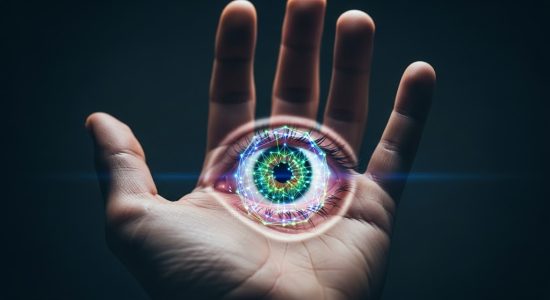The phrase “computer vision” sounds like something lifted straight out of a sci-fi script, but in reality it has quietly become part of our everyday lives. If you have ever unlocked your phone with your face, or watched a car automatically recognize a stop sign, or seen how an app can scan a receipt, you’ve brushed against computer vision. At its core, it is about teaching computers to see and interpret images the way humans do, only at a much larger scale and with more consistency.
Computer vision is a branch of artificial intelligence where machines learn to process, analyze, and make sense of visual data—things like photos, videos, or live camera feeds.
Why Your Business Needs It
It might sound like something reserved for tech giants. But the truth is, computer vision is increasingly relevant for all kinds of industries, and businesses that ignore it may find themselves falling behind. Let’s put it in simple terms: vision systems can save you time, cut costs, improve quality, and even open up completely new ways of interacting with your customers.
Retail
Imagine having cameras that don’t just record but actually track which products shoppers pick up, where they spend the most time, and when they decide to leave without buying. That kind of insight, powered by vision algorithms, gives you knowledge about customer behavior that traditional surveys could never capture. And it isn’t about invading privacy either—it’s about understanding patterns at scale so you can design better experiences.
Manufacturing
In manufacturing, instead of having a person stare at a production line all day, you can have cameras powered by vision models scanning every item in real time, spotting defects that a human eye might miss after hours of fatigue. That means fewer faulty products slipping through, less waste, and more trust from your clients. For industries where precision matters, like electronics or pharmaceuticals, this isn’t a nice-to-have, it’s a game changer.
Healthcare
Healthcare is another space where the impact is huge. Doctors are brilliant, but even they can’t examine thousands of images per minute. Computer vision can help read x-rays, MRIs, or ultrasounds, pointing out abnormalities that deserve closer inspection. It doesn’t replace the doctor, but it acts as a second pair of eyes, reducing errors and catching things early. For hospitals and clinics under pressure, this kind of support can directly save lives.
Agriculture and Logistics
Even agriculture has joined the party. Farmers now use drones equipped with computer vision to monitor crops, detect diseases, and even identify which plants need more water. The same technology is applied in logistics, where cameras help track packages, optimize warehouse space, or even guide robots that pick and move goods around.
Challenges and Responsible Use
Of course, it’s not all magic. There are challenges, and any business thinking about adopting computer vision should understand them. For one, you need good quality data. If the images or videos you train the system on are blurry, biased, or incomplete, the results will be unreliable. There’s also the matter of computing power, since processing visual data at scale can demand serious hardware. And let’s not forget privacy and ethics, which are critical whenever cameras are involved. Nobody wants to feel like they’re being watched unfairly.
A thoughtful business will take these concerns seriously and apply the technology responsibly.

